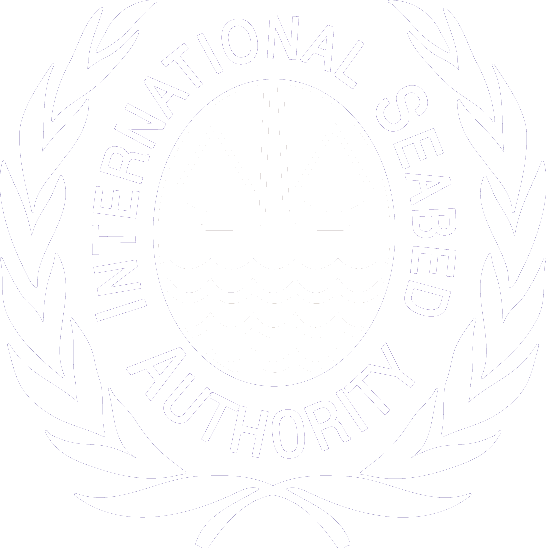JAMAICA, Kingston (1 June 2016) – – With a third of the world’s seafloor area covered by the Economic Exclusive Zone and areas of the Continental Shelf, reporting requirements for mineral resources and mineral reserves are set by laws of nations within which the exploration companies operate.
In an AMC Consultants newsletter article, (as quoted by Mining Journal Online, 27 May 2016), Ian Lipton, Corporate Consulting Manager and Principal Geologist says “Interest in the exploration and mining of seafloor mineral deposits continues to grow, spurred on by a range of factors including decreasing deposit grades on land and the development of new subsea mining technology”. Lipton was the Qualified Person (QP) for the first seabed Mineral Resources reported under public reporting standard NI 43-101 on the Mineral Resource estimate for the Solwara 1 massive sulphide deposit in the Bismarck Sea, PNG, issued in 2008.
“While there are significant challenges in discovering, defining and developing mineral deposits on the seafloor, the technology is advancing rapidly, driven by innovative mining and exploration companies with an eye on mineral deposits of exceptional grade and size.”
“The International Seabed Authority (ISA), which is responsible for the administration of seabed exploration and mining rights in international waters (known as the Area), recently issued a standard for the reporting and classification of Mineral Resources and Mineral Reserves in the Area. Pat Stephenson, Director and Principal Geologist at AMC Consultants and past co-Chairman of the Committee for Mineral Reserves International Reporting Standards (CRIRSCO), chaired the working group that identified the main items that would need to be addressed in an ISA reporting standard, and modified the CRIRSCO template to produce a draft standard for the ISA”.
“The new ISA reporting standard provides extensive guidelines for the reporting of seafloor Mineral Resources. The over-riding principles of materiality and transparency, and the breadth of information required to be referenced by Enclosure 1 of the reporting standard, mean that investors reading reports prepared under the standard will be provided with a similar level of information to that provided for terrestrial deposits.”
“The standard applies to reporting of estimates that are not intended for public release or for the prime purpose of informing investors or potential investors and their advisors. Since the standard is based on the November 2013 edition of the international reporting template of CRIRSCO, it will ensure that private reports lodged with the ISA follow the same guiding principles and use the same definitions as public reports that comply with reporting standards such as CRIRSCO, JORC, NI 43-101, SAMREC, etc.”
The ISA Reporting Standard is derived from the international reporting template of the Committee for Mineral Reserves International Reporting Standards (CRIRSCO) and was the result of a Workshop on Polymetallic Nodules Resource Classification jointly coordinated by the ISA and the Ministry of Earth Sciences of India in Goa, 2014.
The objective of the workshop (Briefing Paper 01/2016) was to ascertain the status of work undertaken by contractors for polymetallic nodule exploration in the Area, with a view to standardizing the exploration and resource data required of contractors and to developing guidelines for the classification of mineral resources.
The main outcome of the workshop was to recommend the adoption of a standardized template for resource classification for the guidance of contractors.
• Read the full article by Ian Lipton, AMC Consultants


